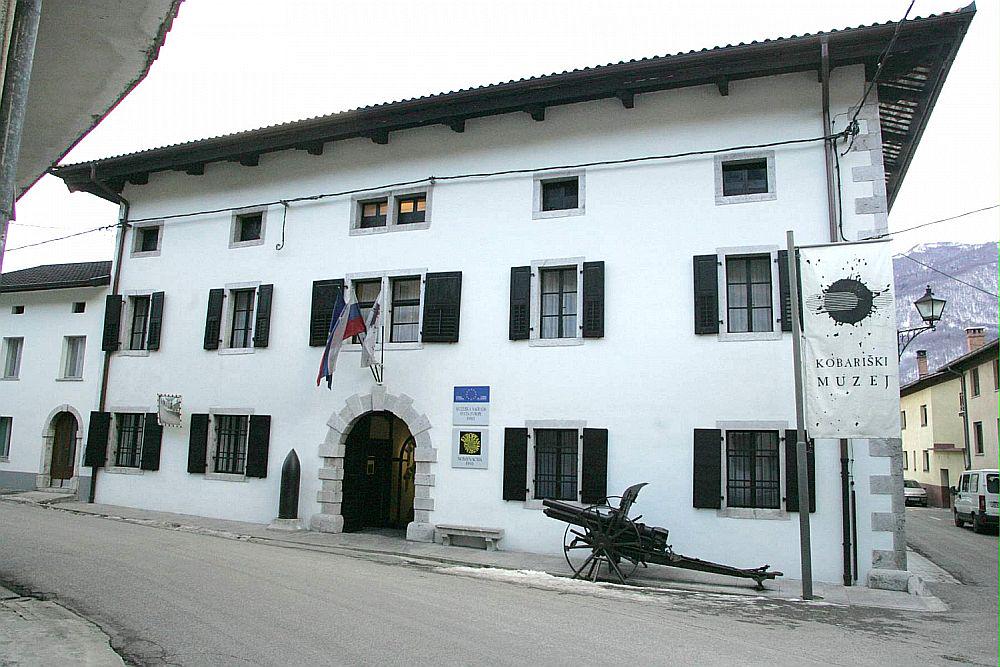
One of the bloodiest battles in history was fought in a staggeringly beautiful part of the Alps, the Soča River Valley. During World War I, the Isonzo Front (“Isozo” being the Italian word for Soča) became the site of the biggest mountain conflict of all times. Millions of soldiers from the Central powers squared off with their Allied counterparts, and two and a half years of warfare, hundreds of thousands were killed. Trenches and makeshift roads were built into sheer rock, and the mountains were left littered with bodies and armaments.
The incredible destructiveness of the Isonzo Front left a deep mark on the history. It was immortalized by Ernest Hemingway in his classic A Farewell to Arms. And Caporetto, a town in the Soca Valley where Italy suffered a great setback, has become synonymous with defeat in the Italian language.
Now, almost a century later, Caporetto is known as Kobarid, a small town in northeastern Slovenia. For several years, Kobarid has been the home of a museum devoted to the horrors of World War I in the area. From its humble beginnings with a limited collection in 1990, the museum, located in a former Kobarid palace, has grown into a major regional tourist attraction. Despite its location in a small town, it managed to attract 46,000 visitors last year alone, and that number is expected to increase this year, as the world remembers the 100th anniversary of the start of World War I. Among the visitors to the museum have been political figures such as the late Czech President Vaclav Havel and former Italian Prime Minister Romano Prodi, as well as the countless descendants of soldiers who fought in the mountains around Kobarid. The museum has been nominated for the prestigious European Museum of the Year Award and received a special prize from the Council of Europe.
The museum’s collections include various objects from World War I, ranging from flags and photograph to weapons and tombstones. As they move from room to room on several floors, visitors are invited to imagine the hardships faced by soldiers fighting the war high in the mountain. They can even experience the conditions inside an Italian mountain cavern by entering a carefully-built, somewhat claustrophobic replica of the cavern on the museum’s top floor. The Black Room contains photographs of the wounded and other artifacts – such as a door to a prisoner-of-war camp – that truly bring the horrors of the warfare to life.
Indeed, the museum emphasizes that it is not about war, but rather about the immense suffering and the tragic consequences of war. Some of those consequences can still be seen outside the museum’s walls. Almost on a daily basis, local residents of the Soča River Valley still find unexploded shells from a brutal conflict that ended almost a century ago.

































































